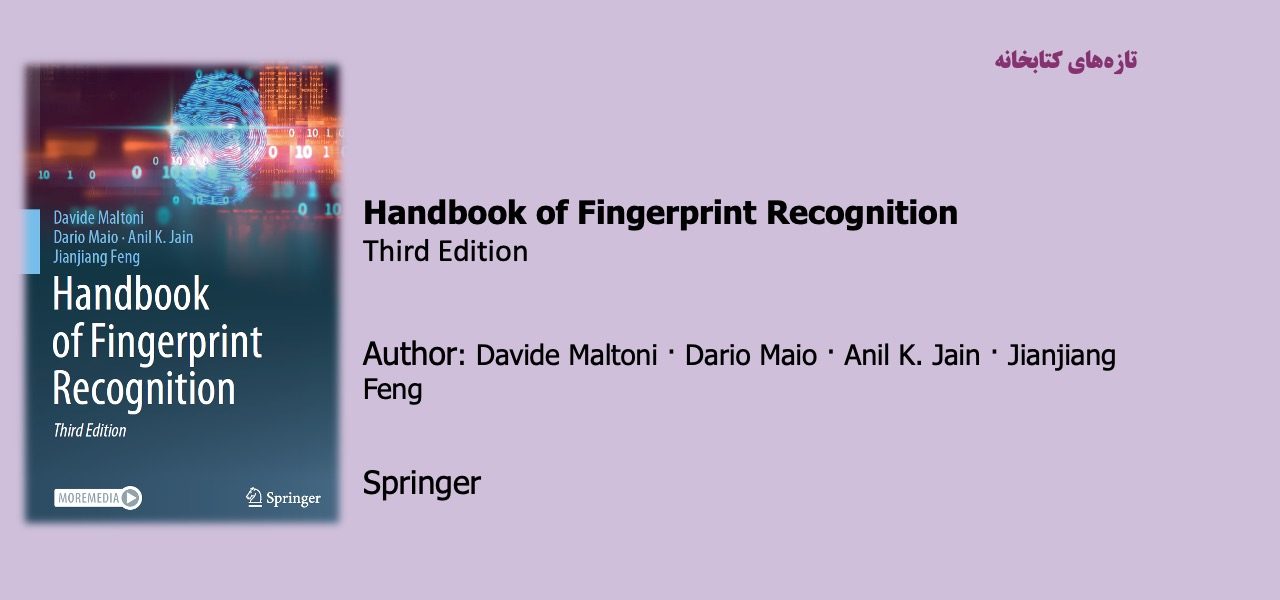Handbook of Fingerprint Recognition

Third Edition
With their distinctiveness and stability over time, fingerprints continue to be the most widely used anatomical characteristic in systems that automatically recognize a person’s identity.
This fully updated third edition provides in-depth coverage of the state-of-the-art in fingerprint recognition readers, feature extraction, and matching algorithms and applications. Deep learning (resurgence beginning around 2012) has been a game changer for artificial intelligence and, in particular, computer vision and biometrics. Performance improvements (both recognition accuracy and speed) for most biometric modalities can be attributed to the use of deep neural networks along with availability of large training sets and powerful hardware. Fingerprint recognition has also been approached by deep learning, resulting in effective and efficient methods for automated recognition and for learning robust fixed-length representations. However, the tiny ridge details in fingerprints known as minutiae are still competitive with the powerful representations learned by huge neural networks trained on big data.
مطالب مرتبط

Your Brain at Work
۱۴ / فروردین / ۱۴۰۲

Brain Informatics
۱۴ / فروردین / ۱۴۰۲

اصول اخلاقی برنامههای توانبخشی شناختی انسان
۱۴ / فروردین / ۱۴۰۲

